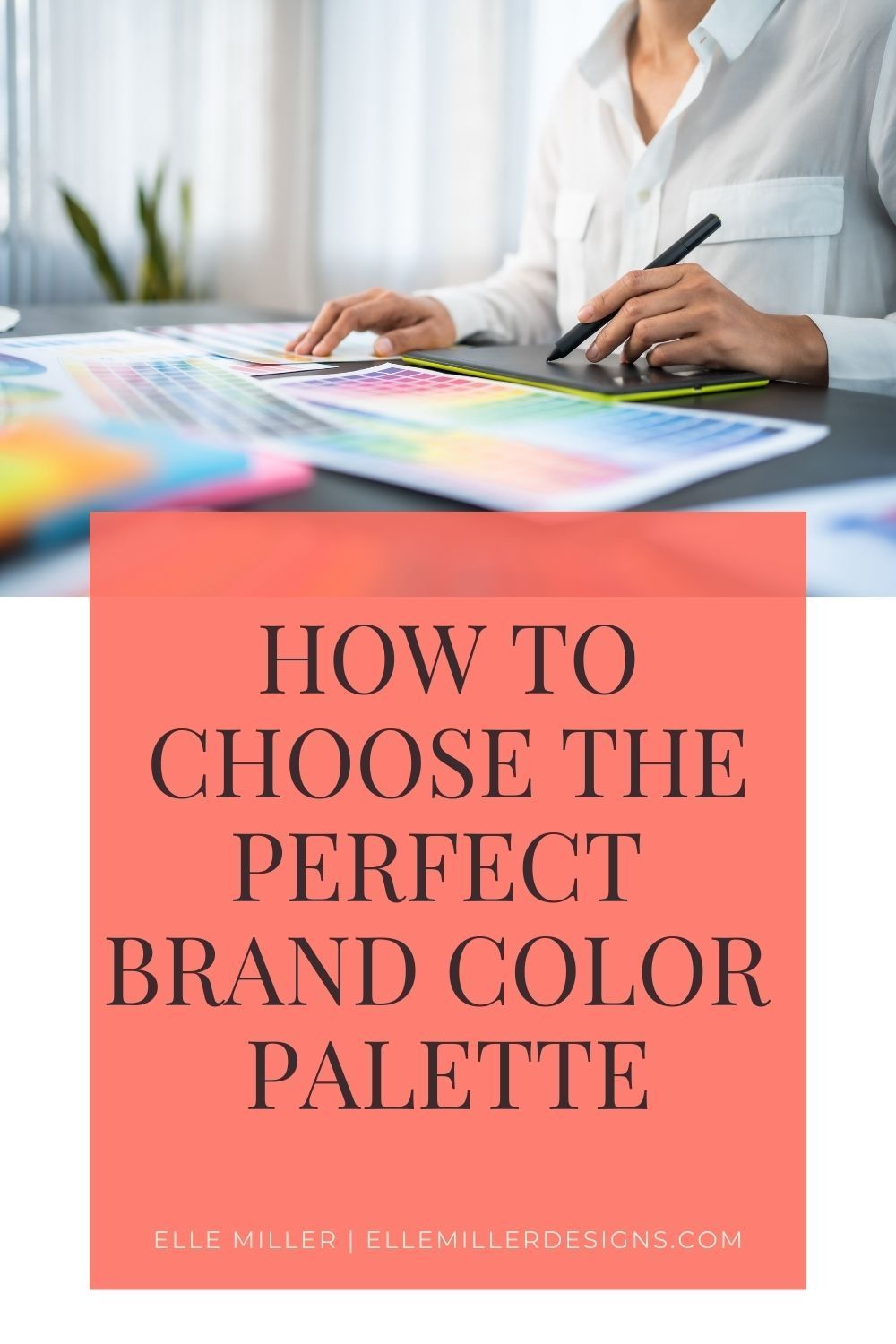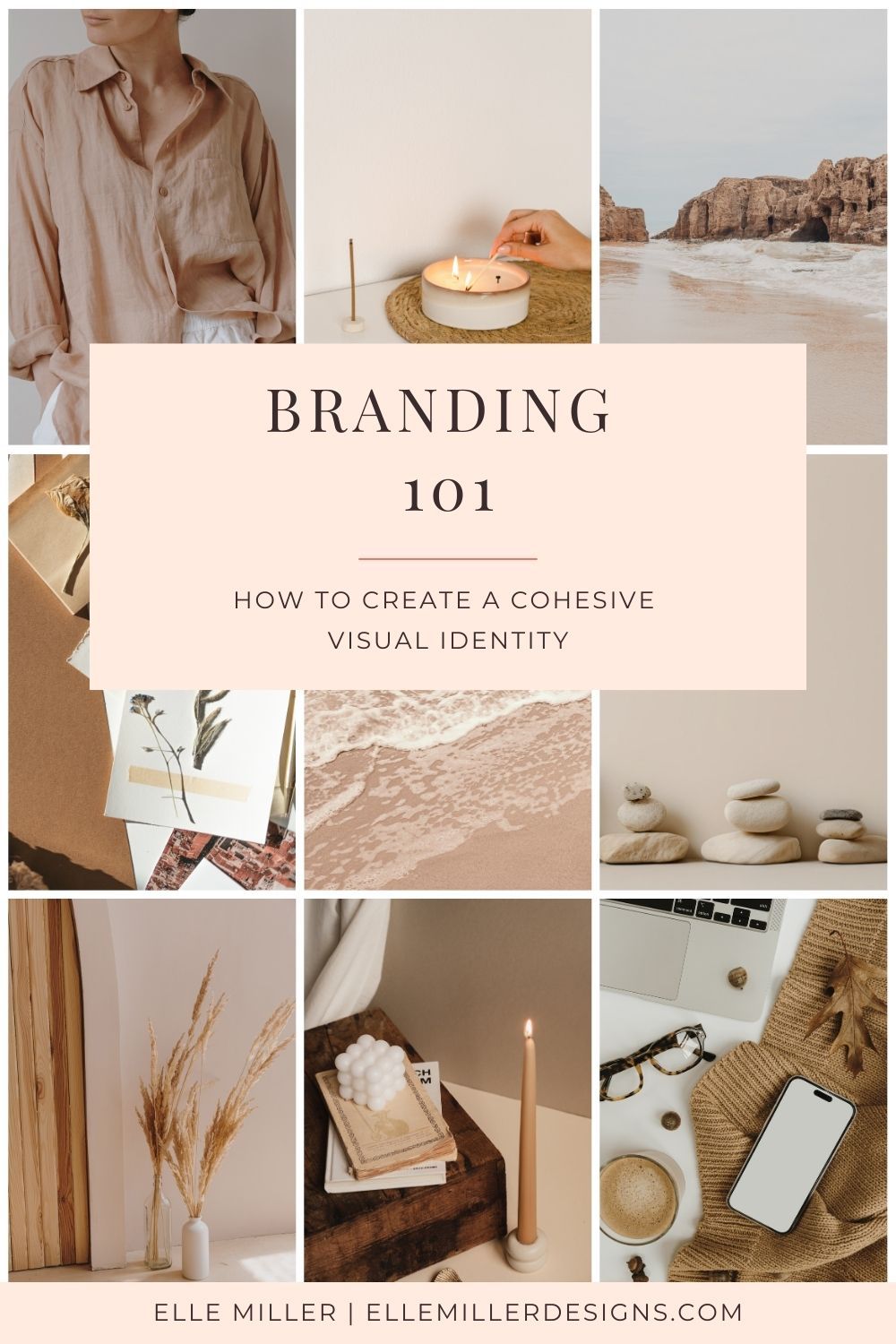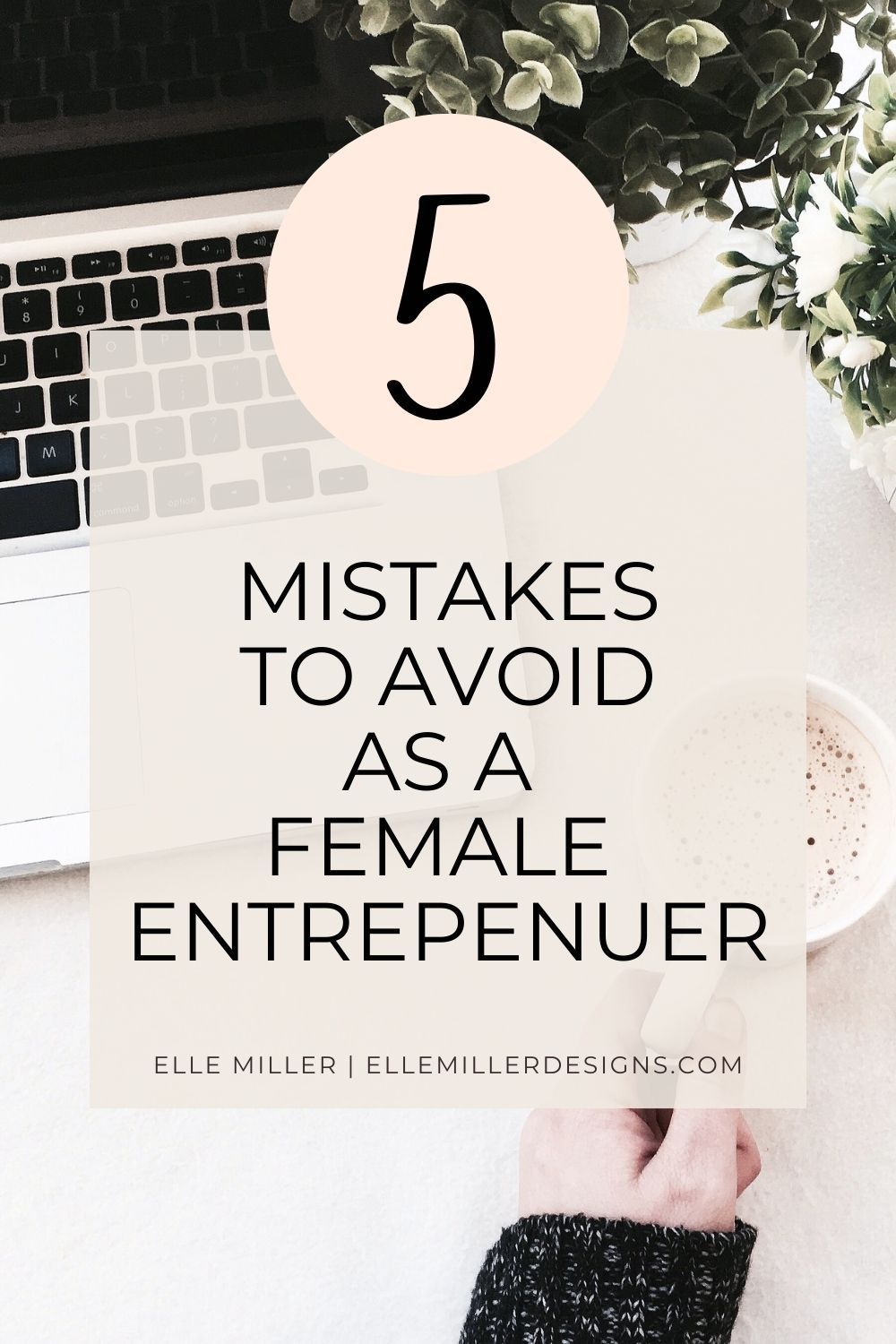The Power of Visual Storytelling
How to Use Imagery to Strengthen Your Brand
Strong brands don’t just tell their story—they show it. Visual storytelling is one of the most effective ways to build trust, spark emotion, and leave a lasting impression. Whether you're a product-based business or service provider, the right imagery can bring your brand to life. Here’s how to use visual storytelling to make your brand more memorable and meaningful.
1. Know the Story You’re Telling
Before choosing any visuals, get clear on what you want your brand to communicate. Are you highlighting a transformation, showcasing a lifestyle, or capturing a feeling? Strong visuals support your core message—they don’t just fill space. Start here, then translate that into images that align with the story you're telling.
Think about:
- Your brand values and personality
- The emotional response you want from your audience
- What makes your brand different
2. Choose Imagery That Feels Consistent
Visual consistency builds recognition. This doesn’t mean every image looks the same, but they should all feel like they belong together. Your visuals should feel like an extension of your brand, not an afterthought.
Look for consistency in:
- Color palette: Align your imagery with your brand colors
- Lighting: Natural light vs. moody shadows can change the tone
- Style: Minimal, editorial, candid, detailed—pick an approach that fits
- Subjects: What (or who) appears in your images? What do they represent?
3. Use Brand Photography Strategically
If you offer services, brand photography can capture the process, the experience, or the environment around your work. If you sell products, your photos should show more than the item—highlight the lifestyle it supports. People connect with people, not just logos or graphics.
Use photography to:
- Share behind-the-scenes moments
- Show your product or service in action
- Highlight real customers or experiences
- Introduce your team or creative process
4. Incorporate Visuals Into Every Brand Touchpoint
Your visual story should show up across your brand—not just on your website. Carry your imagery into social media, print materials, packaging, email newsletters, and even internal documents. The more consistently you use visuals to tell your story, the stronger your brand presence becomes.
5. Don’t Underestimate Design Elements
Your visual storytelling isn't limited to photography. Illustrations, icons, patterns, textures, and layout choices all contribute to your brand’s visual language. Each design element should feel intentional and aligned with your tone. Even whitespace can tell a story—clean and modern vs. cozy and warm.
6. Invite Emotion
The most effective storytelling makes people feel something. Choose visuals that evoke curiosity, trust, comfort, inspiration—whatever fits your brand’s purpose. When your audience emotionally connects with your visuals, they’re more likely to remember and trust you.
Every image is an opportunity to deepen your brand story. When done intentionally, visual storytelling creates connection, builds credibility, and turns your brand into an experience people want to be part of.










